



What kind of engineers do you look for in industrial control chip programming
Industrial control chip programming involves embedded systems, real-time operating systems and hardware interface programming and other areas, so the following types of engineers are usually needed:
1. Embedded Software Engineer
Responsibilities: Embedded software engineers are responsible for writing software that runs directly on the chip, including drivers, firmware, and real-time operating systems (RTOS). They specialize in C/C++ and programming techniques that interact directly with the hardware.
Applicable fields: need to interact directly with the hardware of industrial control chips, develop underlying drivers or write device firmware.
2. Embedded System Engineer
Responsibilities: Embedded system engineers not only write the underlying code, but also are responsible for system-level design and development, including integration of various hardware and software modules to ensure the normal operation of the entire system.
Applicable fields: Need to develop and integrate the overall solution of industrial control system, including operating system, communication protocols, interface control, etc.
3. Hardware Engineer
Responsibilities: Hardware engineers are responsible for designing and debugging the hardware circuits of industrial control chips to ensure that the chips work correctly and that the interface design matches the work of the embedded software engineers.
Applicable fields: hardware design, debugging and optimization of industrial control chips and their peripheral circuits.
4. Real Time Operating System (RTOS) Engineer
Responsibilities: RTOS engineers are responsible for the development and optimization of real-time operating systems to ensure that the industrial control chip in the industrial control of real-time and reliability. RTOS engineers are usually proficient in the implementation of efficient real-time task scheduling on specific hardware.
Applicable fields: industrial control applications that require a high degree of real-time and reliability of the system, such as robot control, industrial automation and other fields.
5. Driver Development Engineer
Responsibilities: Driver development engineers focus on the development of industrial control chips and peripheral devices between the driver, to ensure that the hardware resources can be called by the upper layer of the application correctly.
Applicable fields: need to develop special hardware drivers for industrial control chips, such as sensors, communication interfaces.
6. FPGA Engineer
Responsibilities: If the industrial control chip uses FPGA or programmable logic devices, the FPGA engineer is responsible for writing the hardware description language (e.g. Verilog or VHDL) to realize the logic function of the chip.
Field of application: Customized logic control or signal processing in industrial control systems using programmable logic devices.
7. Industrial Automation Engineer
Responsibilities: These engineers specialize in the application of industrial control chips in industrial automation systems, are familiar with industrial control network protocols (e.g. Modbus, Profinet), and are able to customize software and hardware solutions according to the needs of actual industrial applications.
Applicable fields: Need to integrate industrial control chips into complex industrial automation systems, and realize interconnection with other industrial equipment.
8. Internet of Things (IoT) Engineer
Responsibilities: If the industrial control chip is involved in IoT applications, the IoT engineer is responsible for developing and integrating IoT-related communication protocols, data processing algorithms, and cloud application docking.
Applicable Fields: IoT chips are used in IoT devices, which require communication, remote control and data processing capabilities.
Depending on the specific needs of the project, engineers from the above fields can be selected or a multi-disciplinary team can be formed to ensure the smooth implementation of IoT chip programming.

Please contact us if the source is mislabeled or violates your legal rights.
We will promptly correct and delete, thank you.

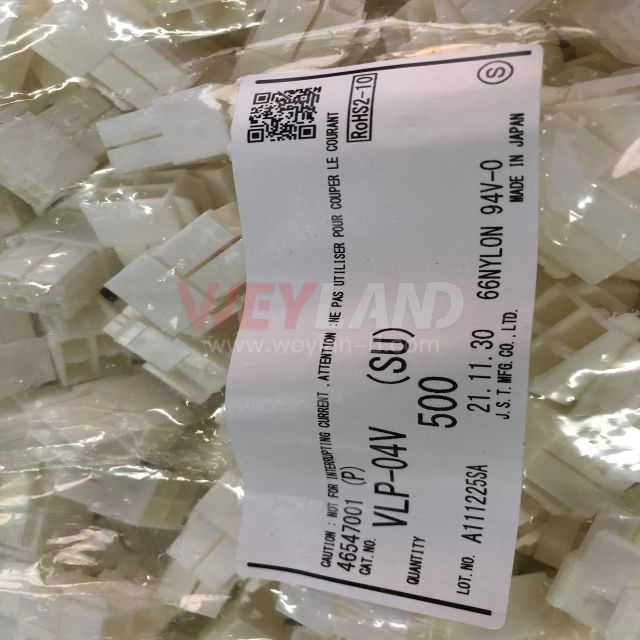
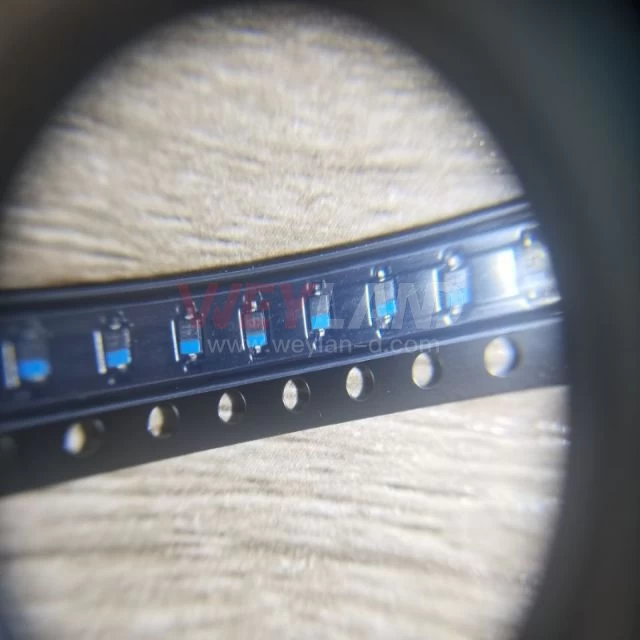
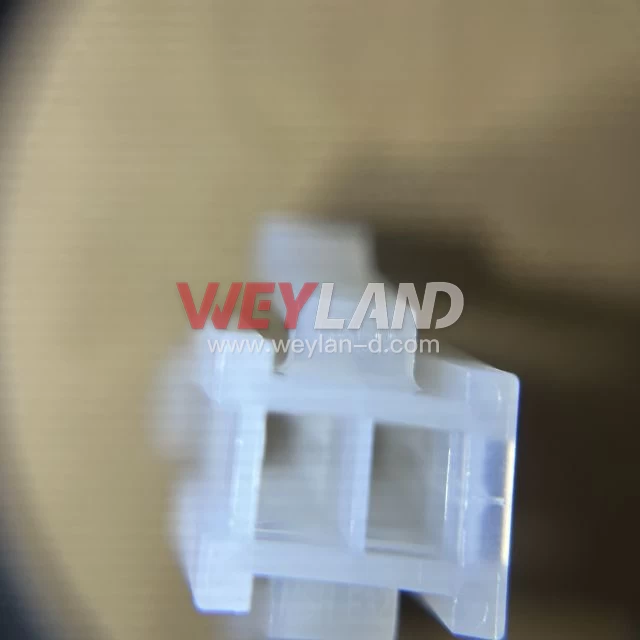
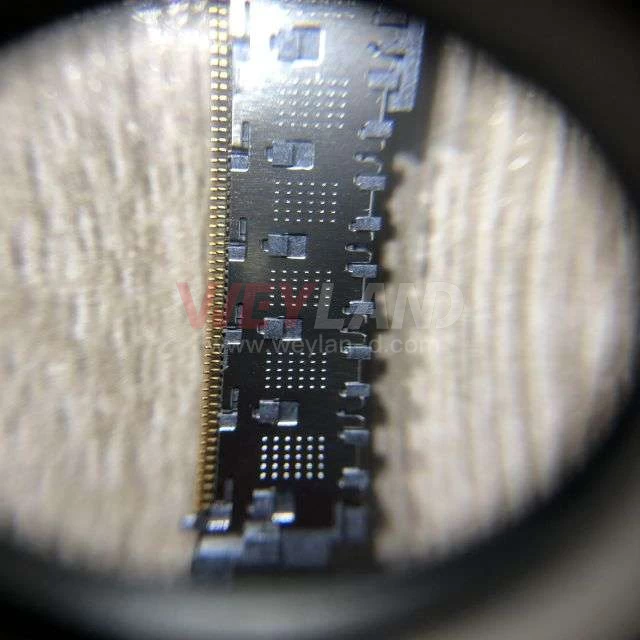

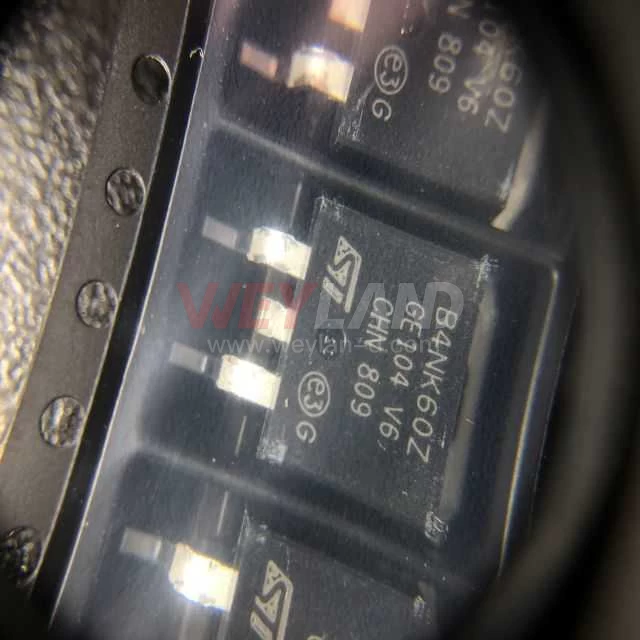

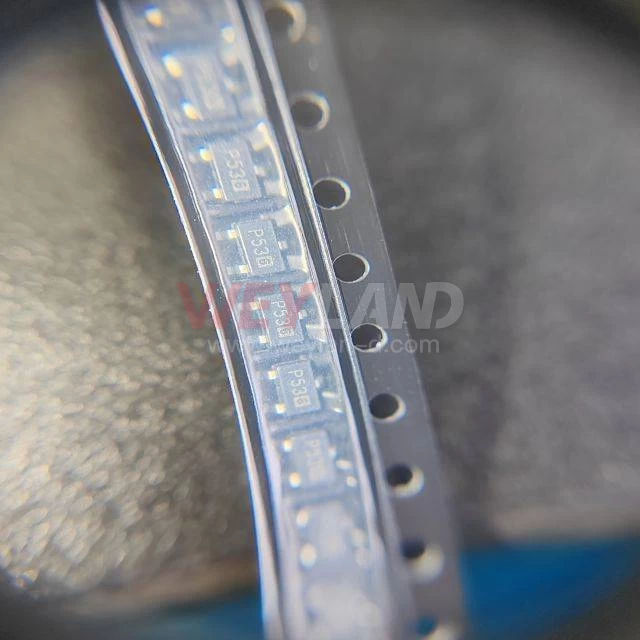
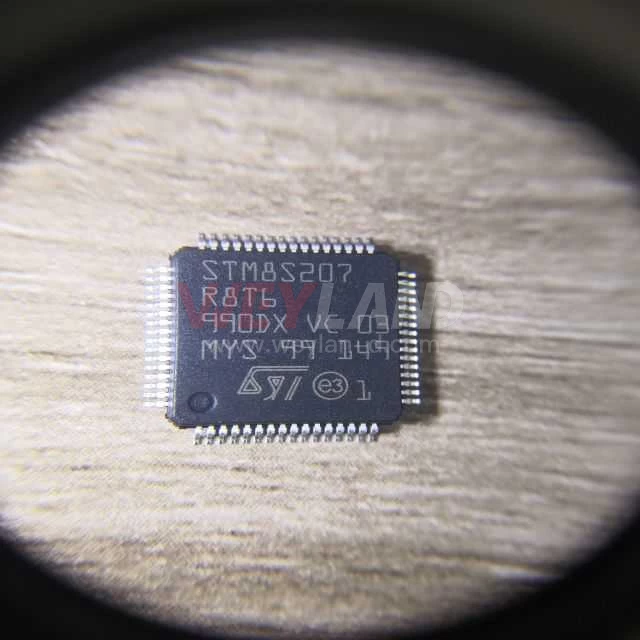
.9246509.png)












[email protected]
7500A BEACH ROAD #04-307 THE PLAZA SINGAPORE (199591)
RM 705.7/F.FA YUEN COMM BLDGNO.75-77.FA YUEN STREET.MONGKOK.KLN.HONG KONG
